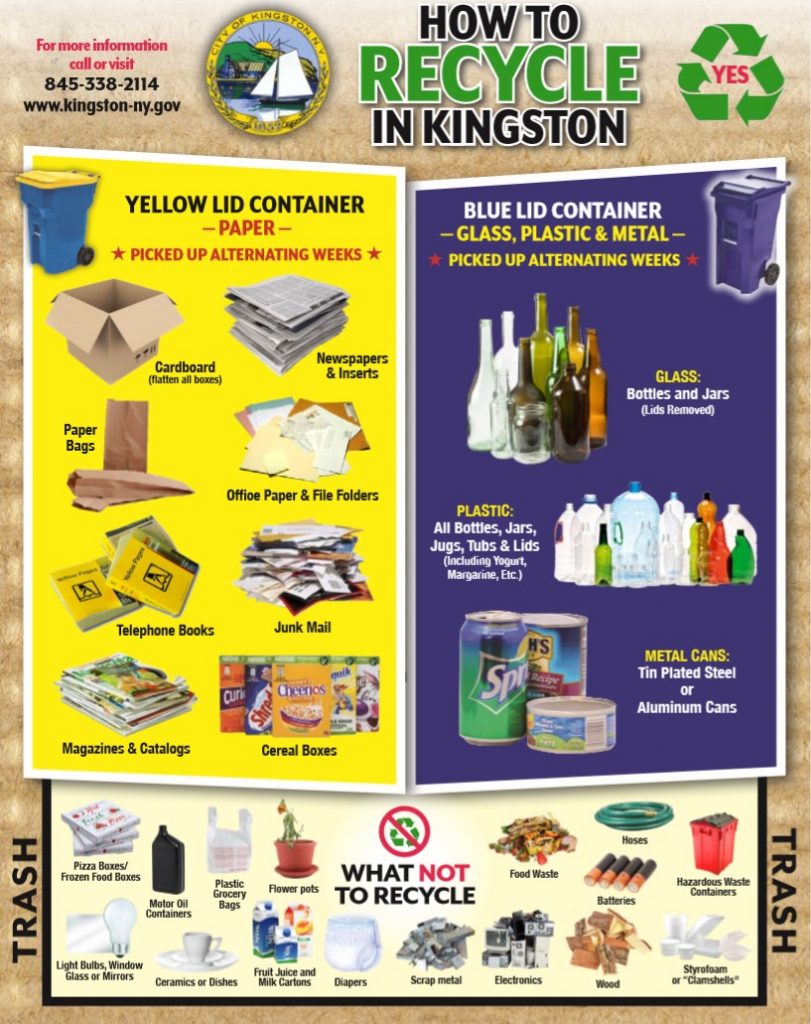Report on Pollution Incident in Cornish River and its Environmental Impact
Identification of Pollution Source
Government officials have identified lime (calcium oxide) in liquid form as the source of a pollution incident that resulted in the death of thousands of fish in the St Austell River, Cornwall. The Environment Agency (EA) confirmed the pollutant and stated that measures are being implemented at the pollution source to prevent recurrence.
Incident Overview and Environmental Impact
- Reports of thousands of dead fish, including trout, eels, and brook lamprey, were received by the EA on Thursday in the St Austell River, locally known as the White River.
- The pollution affected the waterway extending from St Austell to the coastal area at Pentewan.
- Following intervention, river water quality has stabilized and returned to neutral levels.
Health and Environmental Concerns
- Lime, while useful industrially, poses risks of air and water pollution, which can impact human and animal health.
- Samples of the affected fish have been collected to support ongoing investigations.
- The EA has confirmed there are no current concerns regarding bathing water quality at Pentewan.
Ongoing Investigation and Public Advisory
- The EA is conducting a live investigation and has withheld sensitive information, including the exact pollution source location, to avoid compromising future enforcement actions.
- Individuals concerned about their health or the health of their pets following exposure to the river are advised to consult medical professionals or veterinarians.
- Cornwall Council member James Mustoe has reported cases of dogs exhibiting sickness symptoms after contact with the river and encourages affected individuals to report these incidents for evidence collection.
- South West Water is collaborating with the Environment Agency to support the investigation.
Emphasis on Sustainable Development Goals (SDGs)
SDG 6: Clean Water and Sanitation
This incident underscores the critical importance of maintaining water quality to ensure safe and sustainable water resources. The swift response by the Environment Agency to restore the river’s neutral pH aligns with SDG 6 targets to improve water quality by reducing pollution and minimizing hazardous chemicals.
SDG 14: Life Below Water
The mass fish mortality highlights the vulnerability of aquatic ecosystems to pollution. Protecting freshwater biodiversity, including species such as trout, eels, and brook lamprey, is essential to achieving SDG 14, which aims to conserve and sustainably use aquatic ecosystems.
SDG 15: Life on Land
The health risks posed to pets and potentially humans due to water pollution emphasize the interconnectedness of terrestrial and aquatic ecosystems. Efforts to prevent pollution incidents contribute to SDG 15 by safeguarding terrestrial wildlife and promoting ecosystem health.
SDG 12: Responsible Consumption and Production
The incident calls attention to the need for responsible industrial practices to prevent environmental contamination. Proper management of industrial materials such as lime is vital to achieving SDG 12, which promotes sustainable production and consumption patterns.
SDG 3: Good Health and Well-being
Public advisories encouraging consultation with health professionals reflect the commitment to SDG 3, ensuring healthy lives and promoting well-being by addressing environmental health hazards promptly.
Conclusion
The lime pollution incident in the St Austell River represents a significant environmental challenge with implications for aquatic life, public health, and sustainable development. The coordinated response by the Environment Agency, Cornwall Council, and South West Water demonstrates a commitment to the Sustainable Development Goals by addressing pollution, protecting ecosystems, and safeguarding community health.
1. Sustainable Development Goals (SDGs) Addressed or Connected
- SDG 6: Clean Water and Sanitation – The article discusses pollution in a river, affecting water quality and aquatic life, which directly relates to ensuring availability and sustainable management of water.
- SDG 14: Life Below Water – The incident caused the death of thousands of fish and affected aquatic ecosystems, linking to the goal of conserving and sustainably using the oceans, seas, and marine resources.
- SDG 3: Good Health and Well-being – The article mentions health risks to humans and pets due to pollution, connecting to ensuring healthy lives and promoting well-being.
- SDG 15: Life on Land – The pollution incident impacts freshwater ecosystems, which are part of terrestrial biodiversity, relevant to protecting, restoring, and promoting sustainable use of terrestrial ecosystems.
2. Specific Targets Under Those SDGs
- SDG 6 Targets:
- 6.3: Improve water quality by reducing pollution, minimizing release of hazardous chemicals and materials.
- 6.6: Protect and restore water-related ecosystems.
- SDG 14 Targets:
- 14.1: Reduce marine pollution of all kinds, including nutrient pollution and marine debris.
- 14.2: Sustainably manage and protect marine and coastal ecosystems to avoid significant adverse impacts.
- SDG 3 Targets:
- 3.9: Reduce illnesses and deaths from hazardous chemicals and pollution.
- SDG 15 Targets:
- 15.1: Ensure conservation, restoration, and sustainable use of terrestrial and freshwater ecosystems.
3. Indicators Mentioned or Implied to Measure Progress
- Water Quality Indicators:
- Measurement of pollutant levels in river water (e.g., lime concentration, pH levels stabilizing to neutral).
- Monitoring of aquatic life mortality rates (e.g., number of dead fish such as trout, eels, and brook lamprey).
- Health Impact Indicators:
- Reports of health symptoms in humans and pets after exposure to polluted water.
- Number of health consultations related to pollution exposure.
- Environmental Enforcement Indicators:
- Number of enforcement actions or prevention measures taken by regulatory agencies to prevent recurrence.
4. Table: SDGs, Targets and Indicators
| SDGs | Targets | Indicators |
|---|---|---|
| SDG 6: Clean Water and Sanitation |
|
|
| SDG 14: Life Below Water |
|
|
| SDG 3: Good Health and Well-being |
|
|
| SDG 15: Life on Land |
|
|
Source: bbc.com







